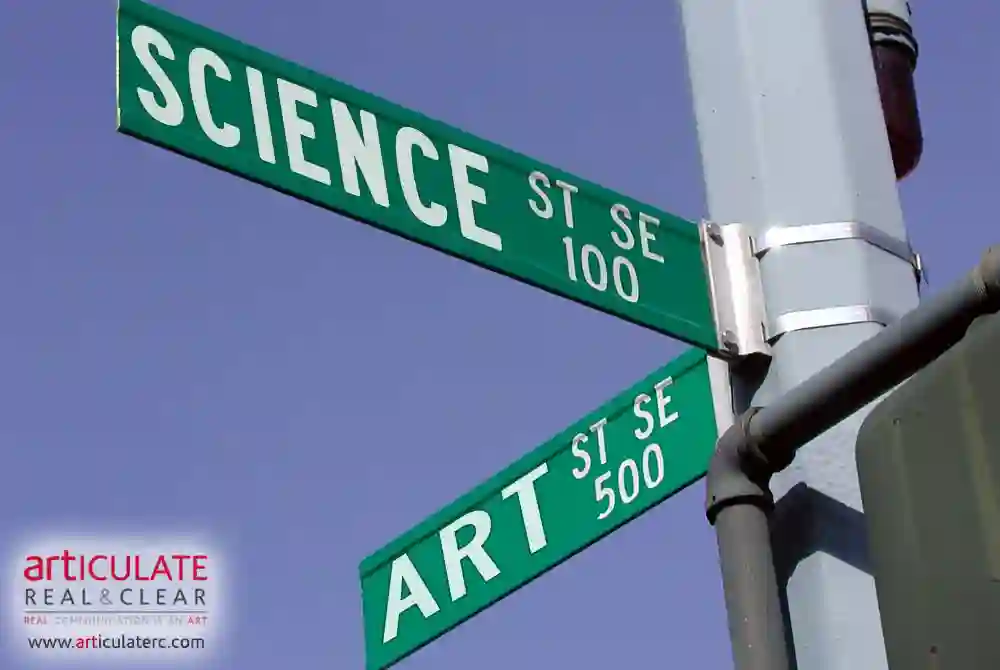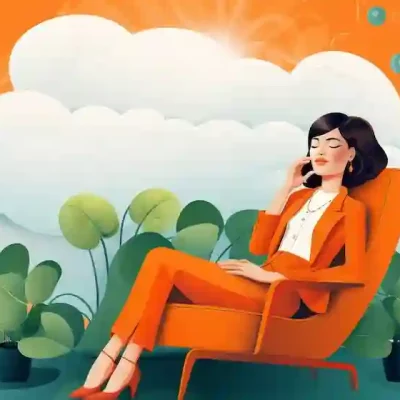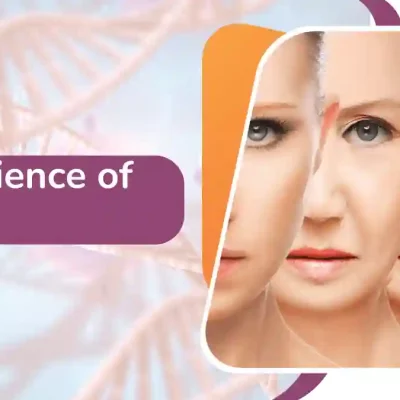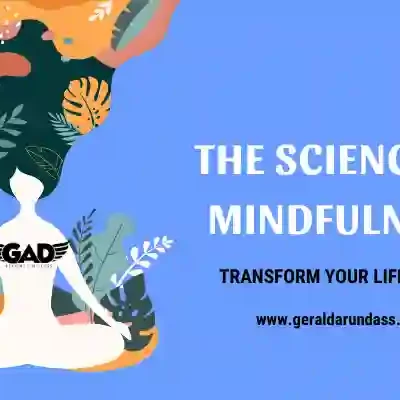In the ever-evolving landscape of technology, a profound fusion is taking place—one that transcends the boundaries between art and science. The intersection of art and science is giving rise to a new era where creative expression and technological innovation coalesce to reshape our understanding of both disciplines. As artists and technologists collaborate, the synthesis of these seemingly disparate realms is producing groundbreaking advancements and fostering a richer, more dynamic cultural landscape.
Artistic Innovation in Technology
Traditionally, art and science have been perceived as distinct fields, each with its own methodologies and objectives. However, the advent of technology has sparked a convergence, with artists embracing the tools of science and technology to create innovative works that push the boundaries of creative expression.
- Interactive Installations: Artists are increasingly incorporating interactive technologies to engage audiences in immersive and participatory experiences. Interactive installations utilize sensors, augmented reality (AR), and virtual reality (VR) to create dynamic environments where viewers become active participants, blurring the lines between the artwork and the observer.
- Generative Art: The use of algorithms and artificial intelligence (AI) in generative art has given rise to creations that evolve over time. Artists harness the power of computational processes to generate intricate and dynamic visual compositions, producing artwork that is in a constant state of flux and transformation.
- Data Visualization: Artists are collaborating with scientists and data analysts to transform complex datasets into visually compelling and accessible representations. Data visualization artworks communicate scientific information in ways that engage a broader audience, fostering a deeper understanding of complex topics such as climate change, genetics, and social dynamics.
- Digital Sculptures and Installations: With advancements in 3D printing and digital fabrication, artists are creating intricate sculptures and installations that were once only conceivable in the realm of imagination. Technology allows for the realization of intricate and precise forms, challenging traditional notions of what is possible in the realm of sculpture.
Technological Advancements Influenced by Artistic Concepts
Conversely, the influence of artistic concepts and creative thinking is shaping the trajectory of technological advancements. As technology becomes more integrated into our daily lives, the importance of user experience, aesthetics, and emotional resonance has become increasingly evident.
- User-Centric Design: The principles of user-centric design draw on artistic concepts to create technology that is not only functional but also intuitive and aesthetically pleasing. User interfaces, app designs, and product aesthetics are now integral components of the technology development process, with a focus on enhancing the overall user experience.
- Augmented Reality in Design: Augmented reality (AR) is not only a tool for artistic expression but also a catalyst for innovative design processes. Architects, interior designers, and urban planners are using AR to visualize and experiment with designs in real-world contexts, allowing for more informed decision-making and creative exploration.
- Innovations in Wearable Technology: The marriage of fashion and technology has given rise to wearable tech that goes beyond mere functionality. Wearable devices now incorporate artistic elements, blurring the lines between fashion, design, and technological innovation. From smart textiles to interactive garments, these creations showcase the potential of blending technology with aesthetic sensibilities.
- Creative Coding and Tech-Infused Performances: Artists and performers are utilizing creative coding to produce multimedia experiences that merge traditional art forms with cutting-edge technology. Live performances featuring responsive visuals, interactive projections, and digitally augmented environments redefine the boundaries of artistic expression, offering audiences a multisensory experience.
Challenges and Opportunities at the Intersection
While the intersection of art and science in technology brings forth exciting possibilities, it also presents challenges that require thoughtful consideration.
- Ethical Implications: As technology advances, ethical considerations become increasingly complex. Artists and technologists must grapple with questions surrounding privacy, the responsible use of AI, and the potential societal impacts of emerging technologies. Collaboration between disciplines is crucial to navigating these ethical challenges and ensuring responsible innovation.
- Access and Inclusivity: The convergence of art and technology should be inclusive, providing opportunities for artists and creators from diverse backgrounds to contribute to the discourse. Ensuring access to technological tools and knowledge is essential for fostering a more equitable intersection that reflects a broad spectrum of perspectives.
- Balancing Aesthetics and Functionality: In the development of technological solutions, finding a harmonious balance between aesthetics and functionality is key. While functionality is essential, the integration of artistic principles can elevate the user experience and contribute to the broader cultural impact of the technology.
- Continuous Learning and Collaboration: The rapid pace of technological advancement requires both artists and technologists to engage in continuous learning and collaboration. Cross-disciplinary partnerships, workshops, and shared spaces that facilitate dialogue between art and science communities are essential for nurturing a thriving intersection.
The Future of Art and Technology Integration
The symbiotic relationship between art and technology is poised to redefine the creative landscape and shape the future of innovation. As emerging technologies such as the Internet of Things (IoT), artificial intelligence, and extended reality (XR) continue to evolve, new possibilities for artistic expression and technological advancement will unfold.
- Immersive Experiences: The integration of augmented reality, virtual reality, and mixed reality technologies will enable the creation of immersive and multisensory experiences. Artists and technologists will collaborate to transport audiences to new realms, blurring the boundaries between the physical and digital worlds.
- Bioart and Biotechnology: The convergence of art and biotechnology is a burgeoning field that explores the intersection of living organisms and artistic expression. Bioartists are using genetic engineering, biometrics, and synthetic biology to create artworks that challenge our understanding of life, nature, and identity.
- AI-Generated Art and Collaboration: Advances in artificial intelligence will continue to influence the creation of art, with algorithms contributing to the generation of novel visual and auditory compositions. Artists will explore the creative potential of AI as a collaborator, pushing the boundaries of human-machine partnerships.
- Tech-Infused Architectural Innovations: The integration of technology into architecture will lead to the creation of smart, responsive environments that adapt to the needs and preferences of occupants. Buildings and public spaces will incorporate interactive elements, transforming the urban landscape into a dynamic canvas for artistic expression.
In conclusion, the intersection of art and science in technology represents a paradigm shift that transcends traditional boundaries. As artists and technologists collaborate, they unlock new realms of creative expression and drive innovations that enrich both fields. This dynamic intersection is not only shaping the future of technology but also redefining our cultural landscape, offering a glimpse into a world where creativity and innovation converge in unprecedented ways. As we navigate this evolving landscape, the fusion of art and technology promises a future where imagination knows no bounds, and the boundaries between the artistic and the technological continue to blur.





